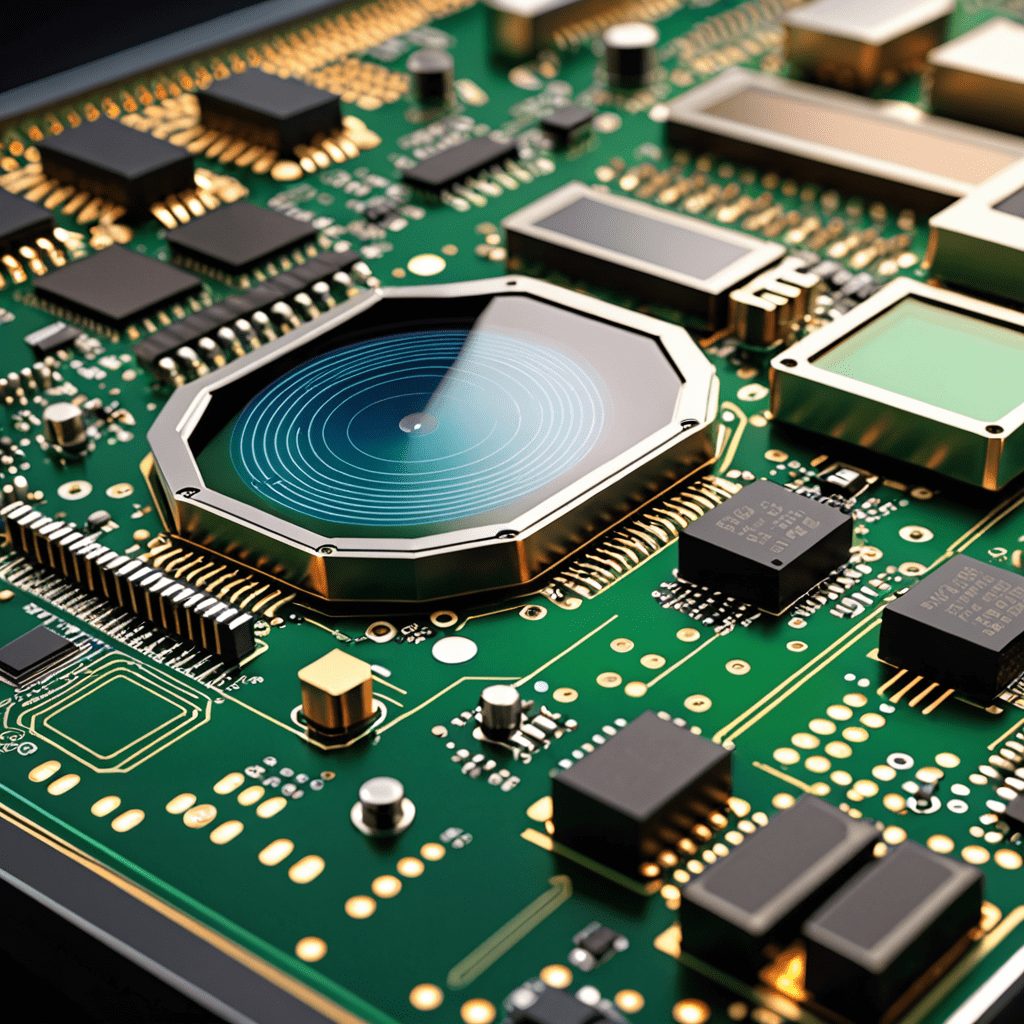
Nanotechnology in Neuroengineering: Enhancing Brain-Machine Interfaces
Introduction to Nanotechnology in Neuroengineering
Nanotechnology has revolutionized the field of neuroengineering by offering innovative solutions to enhance brain-machine interfaces. These interfaces bridge the gap between the human brain and external devices, enabling seamless communication and control.
The Role of Nanotechnology in Advancing Brain-Machine Interfaces
Nanotechnology plays a crucial role in enhancing the performance and functionality of brain-machine interfaces by enabling the development of smaller, more efficient devices that interact more effectively with neural systems.
Applications of Nanotechnology in Neuroengineering
Nanotechnology is employed in various applications such as neural prosthetics, neuroimaging, and neural stimulation. These applications aim to improve the quality of life for individuals with neurological disorders and injuries.
Nanomaterials and Their Impact on Brain-Machine Interfaces
Nanomaterials, such as carbon nanotubes and nanoparticles, are used to create electrodes and sensors with enhanced biocompatibility and conductivity. These materials facilitate better integration with neural tissue, resulting in improved signal detection and transmission.
Challenges and Future Directions in Nanotechnology for Brain-Machine Interfaces
While nanotechnology has shown great promise in enhancing brain-machine interfaces, challenges such as long-term biocompatibility, scalability, and regulatory hurdles need to be addressed. Future research aims to overcome these challenges and further improve the efficiency and safety of these interfaces.
Conclusion
Overall, the integration of nanotechnology in neuroengineering has significantly advanced the development of brain-machine interfaces. By leveraging the unique properties of nanomaterials, researchers are paving the way for more sophisticated and functional interfaces that have the potential to revolutionize healthcare and technology.
FAQs on Nanotechnology in Neuroengineering
What is Nanotechnology in Neuroengineering?
Nanotechnology in neuroengineering involves the application of nanoscale materials and devices to enhance brain-machine interfaces. These tiny structures can interact with neural systems at a cellular level, enabling precise monitoring and control of brain functions.
How does Nanotechnology Enhance Brain-Machine Interfaces?
Through nanotechnology, incredibly small sensors and electrodes can be integrated into brain-machine interfaces. This allows for improved communication between the brain and external devices, leading to enhanced prosthetics, neuroprosthetics, and even potential treatment options for neurological disorders.
What are the Benefits of Using Nanotechnology in Neuroengineering?
Nanotechnology offers increased sensitivity and specificity in detecting neural signals, leading to more accurate and efficient neuroprosthetic control. Additionally, the miniaturization of devices through nanotechnology reduces tissue damage and improves biocompatibility, enhancing long-term implant functionality.

